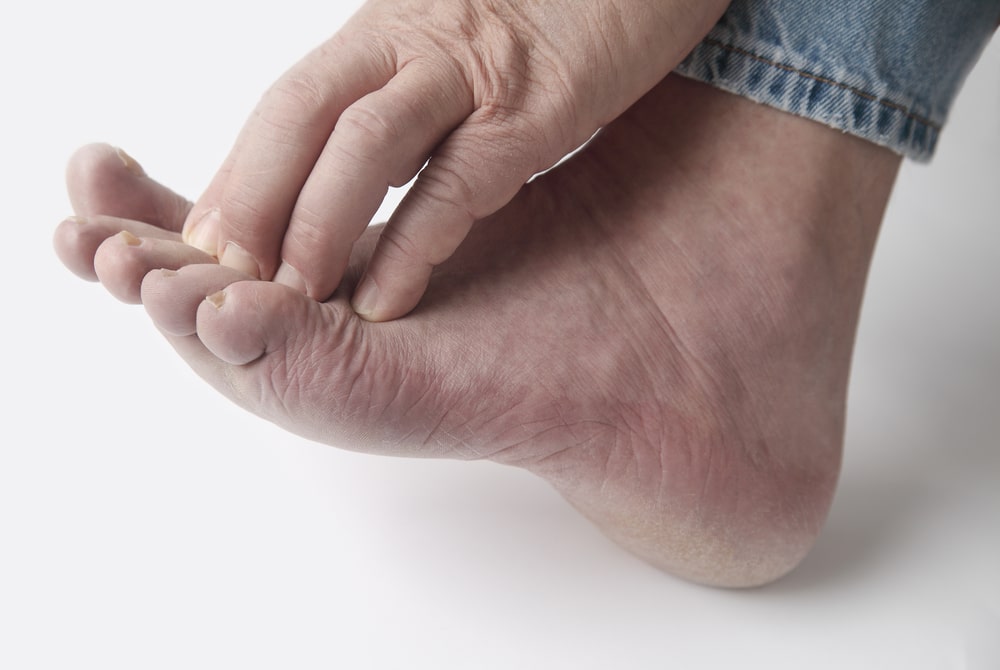As seniors move further into their advancing years, staying active becomes increasingly important. Although any physical activity is valuable, achieving optimal health involves more than mall walks – it requires consistent dedication to an exercise regimen.
Staying active is a critical part of healthy aging. Inactivity is proven to increase the risk of a number of serious health problems, such as cancer, obesity, cardiovascular disease, and even early death. Despite this risk, less than one-third of Americans over the age of 65 meet the exercise recommendations for people their age.
But exercise plans for seniors don’t have to include anything strenuous or over-the-top. The best exercise routines for seniors can be performed consistently in a way that fits their lifestyles. Walking is a good start – the Centers for Disease Control and Prevention recommends 150 minutes of moderate-intensity activity, like a brisk walk, each week.
But just going for a few walks every week isn’t enough because it doesn’t do much to build and maintain muscle mass – a key component of protecting against falls and injuries. To address this, the CDC also recommends at least two days a week of activity dedicated to strengthening muscles and improving balance.
Many of these activities mimic daily activities. A squat is the same motion as standing up and sitting down in a chair. Lunges are much like walking up the stairs. Core exercises can be similar to getting out of bed.
Sticking with an exercise plan like this is especially important right now, as seniors’ health is at higher risk during the COVID-19 pandemic. It’s always important for older adults to exercise to improve their immunity, but the stakes are even higher now.
The benefits don’t stop at strengthened immunity, however. With regular moderate activity, seniors can reap countless benefits.
What Are the Health Benefits of Regular Exercise?
While there are many expected and unexpected benefits of exercise, some of the more obvious ones are tied to physical health. Overall, sticking with an exercise plan helps seniors stay independent and reduces their risk of injury. Beyond that, it can reduce their blood pressure and risk of dying from heart disease, colon cancer, and other serious illnesses.
Exercise plans for seniors also help them maintain healthy muscles and bones while limiting the joint pain and swelling that often accompany arthritis. Regular exercise can also reduce the rate of bone loss that contributes to osteoporosis, something that keeps bones stronger and prevents fractures.
The benefits of exercise for seniors are much more than physical, though. Mentally, exercise can help reduce anxiety and depression while creating a sense of well-being. And because it reduces stress, regular exercise can also improve sleep – a critical part of health and wellness.
How to Create a Sustainable Exercise Plan for Seniors
Knowing the benefits of regular exercise, seniors can start with these four steps to find the right exercise plan for them.
1. Pick something that makes sticking with exercise possible.
The best exercise plans are sustainable exercise plans. Set reasonable time frames and expectations for yourself, especially as you get started. One of the best ways to get an idea of how to start incorporating regular physical activity into your routine is to talk with your doctor. They can help you determine the best way to incorporate moderate activity into your routine and how to increase that activity gradually.
2. Focus on your environment.
What activity options are most accessible to you? Is living room exercise a good solution? Do you live with family members or friends who might be able to exercise with you? Keep all of this in mind as you determine how to best plan your routine. Fortunately, there are many options for at-home exercise, which makes getting started easier. Chair yoga, wall pushups, step exercises, and even weight training are all possible ways to stay active and build strength in the comfort of your home.
3. Incorporate strength and stretching.
As you age, your body naturally loses physical strength. Flexibility, agility, balance, and muscular force all decrease, which can lead to falls, decreased motor skills, and fatigue. For these reasons, strength training is an integral part of the best exercise routines for seniors. It helps you gain endurance, strengthen your dynamic balance, and improve your muscular strength.
4. Pay attention to any problem areas.
Finally, be mindful of any potential problem areas. Do you have weak ankles? This could be an area to safely target and strengthen because ankles are so tied to mobility. The shoulders and hips are two other important areas to build up as you age and mobility decreases.
Senior health and wellness only become more important with every passing year. With a proactive plan, it’s completely feasible to stay consistent and reap the many regular exercise benefits. There’s no need to wait for fancy equipment or to be intimidated by the idea of getting started. Just get moving and stay moving!
Munjal Shah is the co-founder and CEO of Health IQ, a life insurance agency that rewards people with healthy lifestyles, like runners, cyclists, weightlifters, and vegetarians. After working as a technology entrepreneur for the first part of his career, he started Health IQ to improve the health of the world by celebrating those who practice healthy lifestyles.









Reply